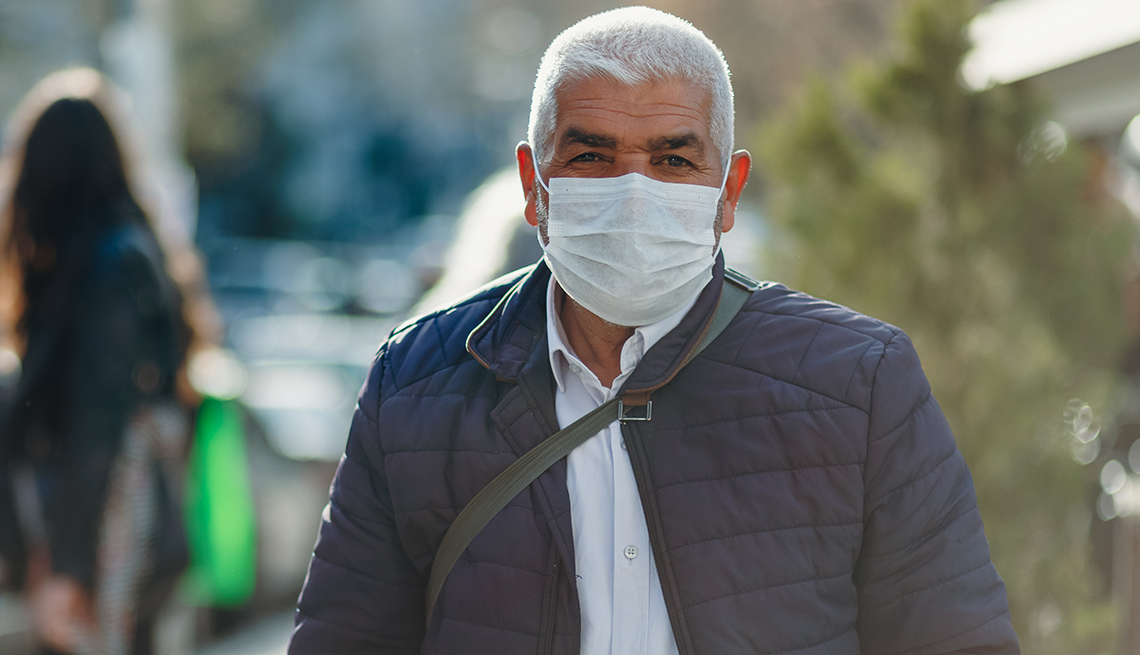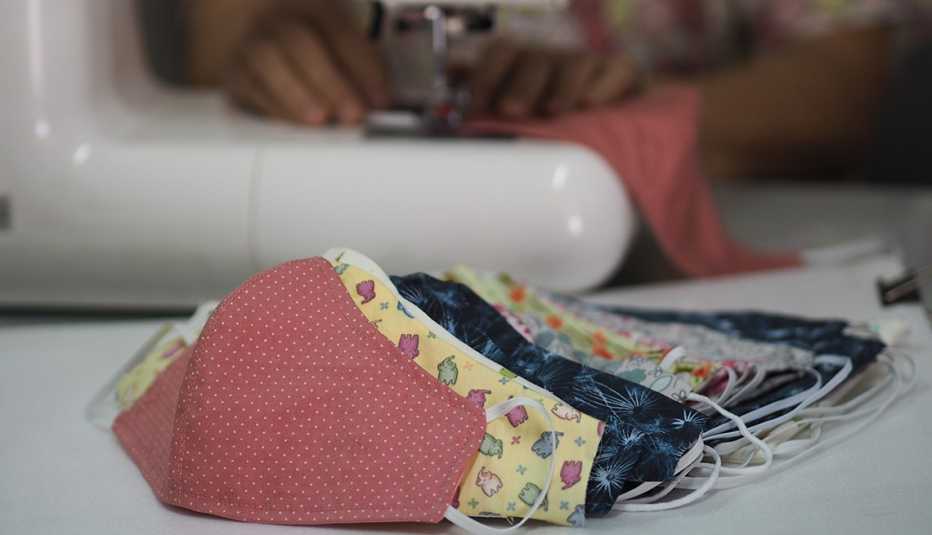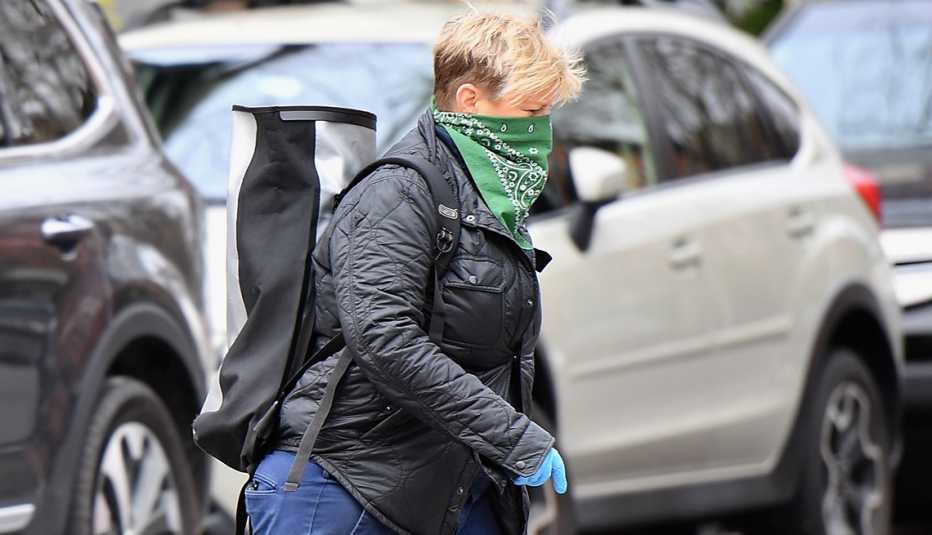AARP Hearing Center
Face masks are everywhere. What were once reserved for hospitals and health care settings are now a common sight on sidewalks and in businesses throughout the country. Still, there are a number of misconceptions when it comes to masks. Here are seven common face-mask myths, busted.
Myth 1: You don't need to wear a face mask if you don't feel sick.
This was the prevailing advice at the beginning of the pandemic, but not anymore. Experts have learned more about the coronavirus and how it spreads, and now the recommendation from the Centers for Disease Control and Prevention (CDC) is that everyone — including people who feel perfectly healthy — should wear a face covering in public settings where it may be difficult to maintain at least 6 feet of space from other people. Think: grocery stores, pharmacies, retail shops, hair salons, crowded parks and more.
The reason? It's an added layer of protection. The virus is thought to spread easily between people who are in close contact with one another by respiratory droplets produced when an infected person talks, coughs or sneezes. And because some infected people might be presymptomatic or even asymptomatic, and as such are at risk of unknowingly spreading the virus to others, a face mask provides “an extra layer to help prevent the respiratory droplets from traveling in the air and onto other people,” the CDC says.
People who feel sick should stay home and not venture out in public. That said, they should wear a face mask when interacting with family members or caregivers at home.
Myth 2: Everyone should be wearing surgical masks or N95 respirators.
The advice from the CDC is that the general public should wear cloth face coverings, not medical-grade masks, which are best left for health care professionals on the front lines of the pandemic. The CDC-recommended coverings can be purchased (major clothing retailers such as Gap and Disney are selling them), sewn or fashioned from everyday household items, such as bandannas and rubber bands — even socks.
Myth 3: A loose-fitting mask works just fine.
This is false. The key is to make sure your face mask “fits snugly but comfortably against the side of the face,” says the CDC, and completely covers the mouth and nose to help prevent respiratory droplets from escaping. That said, it's important to make sure you can breathe without restriction with it on.




































































